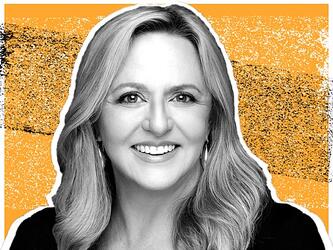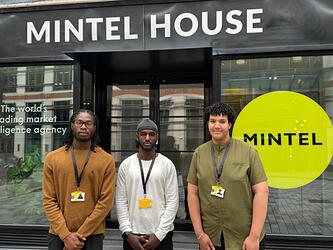Embracing failure leads to success
Working in the world of innovation research for nearly a decade, we recognise the importance our clients put on crafting winning concepts and getting these to market as quickly as possible.
As we know, corporations big to small, place emphasis on speed but how does this allow for any time for meaningful reflection? Launches that fail to make targets are quickly de-listed or disbanded, brand managers fired or moved swiftly onto the Next Big Thing. Rather than covering up mistakes, companies should encourage a culture where small failures are noted before they become much larger.
One reason why innovations exhibited at the Museum of Failure didn’t make the cut was a refusal to accept that the market or category would change. Be it the world’s first digital camera by Kodak launched in 1995 where the Board deemed that their corporation was in the business of film photography and that they underestimated the role for online photo sharing.
Or Blockbusters that went bust in 2010 because it refused to acknowledge or accept the death of movie cassettes unlike Netflix that posted movies to people’s homes before investing in streaming. How the story would have been different for these two companies, if they would have allowed an innovation unit to flourish, challenged with the mantra to obliterate or transform their current business.
In fact, that’s exactly how we see start-ups and kick-starter projects rise to success, so quickly. These companies need to take the challenger stance, so why can’t big corporations do the same?
The companies that we see winning in the innovation space are those that allow themselves to make mistakes and aren’t shy in sharing these with their team. They see the process of innovation as iterative, and are always evolving. Sometimes it’s just one element that needs tweaking. Too often early ideas that fail in research are discarded but with a little more reflection and bravery, they could flourish.
Find ways to inject a bit of healthy competition within your business to learn from failure. Next time you embark on a piece of innovation, consider multiple work streams that vie against each other with significantly different approaches. Rather than worrying about the competition, look internally at how you can transform your business to reset the parameters of consumption and experience.
Lesley Salem is senior research director at Razor Research

We hope you enjoyed this article.
Research Live is published by MRS.
The Market Research Society (MRS) exists to promote and protect the research sector, showcasing how research delivers impact for businesses and government.
Members of MRS enjoy many benefits including tailoured policy guidance, discounts on training and conferences, and access to member-only content.
For example, there's an archive of winning case studies from over a decade of MRS Awards.
Find out more about the benefits of joining MRS here.












0 Comments